26 June 2017
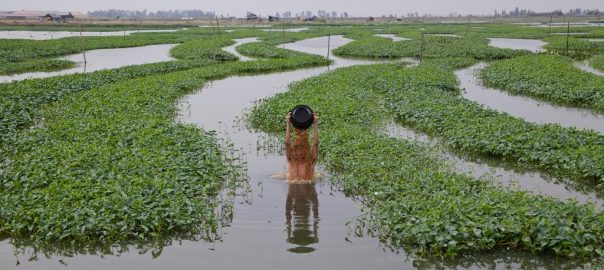
A review of “Liquid City,” The Darkened Mirror,” and “Fragile Waters,” a trio of water-related exhibitions at the San Jose Museum of Art, currently on view together through August 6, 2017. As the representative contemporary art institution of Silicon Valley, the San Jose Museum of Art might be expected to...
0 Comment(s)Join our Conversation
25 June 2017

In a previous article I proposed that we adopt a perspective on preservation that allowed for transformation and change of what is to be preserved. This type of change has a more precise definition: iteration. To iterate means to “cover the same ground twice”, using feedback from the result of...
2 Comment(s)Join our Conversation
21 June 2017
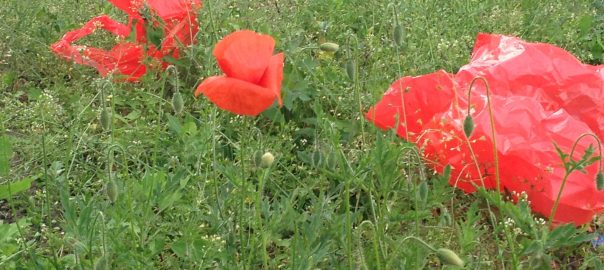
“Do you seek the highest, the greatest? The plant can teach you to do so. What it is without will of its own, that you should be with intent – that’s the point!” —Friedrich Schiller Some days ago, after giving a lecture in a west German city, I arrived back...
4 Comment(s)Join our Conversation
18 June 2017
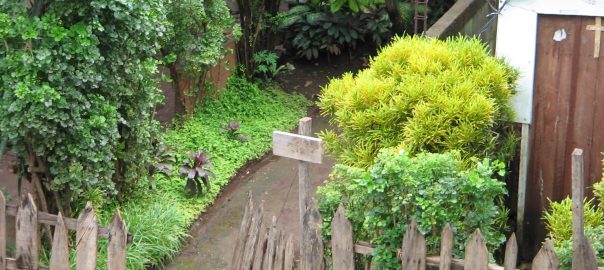
Cities abound with difference: people, buildings, trees, plants, animals, etc. People in cities (and beyond, of course) inhabit various and fragmented identities that include gender, class, race, ethnicity, sexuality, age, and ability/disability. These identities are produced in relation with other people, living- and non-living entities, and the landscape. These social...
10 Comment(s)Join our Conversation
14 June 2017
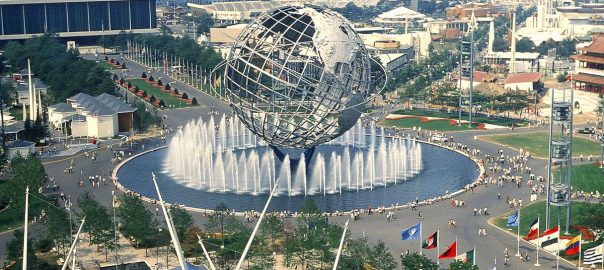
What inspires our work? Why have we each chosen to pursue a vision of cities that incorporates and expands our views of nature? Was it a particular mentor, a class or school experience, time spent in wilderness, or a book or film that led us to think boldly about a...
0 Comment(s)Join our Conversation
12 June 2017
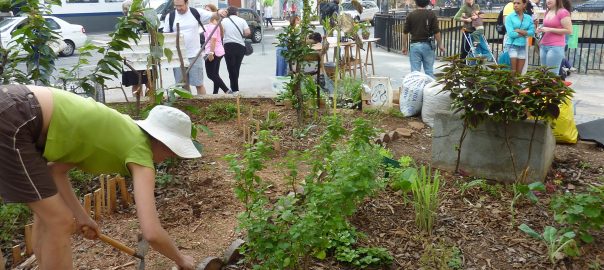
A review of: Eyes on the Street: The Life of Jane Jacobs, by Robert Kaniglel. 2016. Knopf. 512 pages. Buy the book. Garden Legacy, by Mary Louise Mossy Christovich and Roulhac Bunkley Toledano, with a foreword by S. Frederick Starr. 2016. The Historic New Orleans Collection. 268 pages. Buy the book. Ecocities...
0 Comment(s)Join our Conversation
11 June 2017
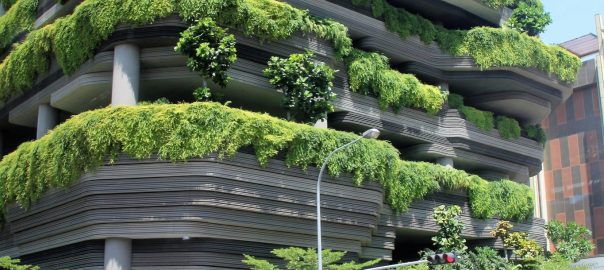
How has Singapore created itself as a “city in a garden”? I’m from Manila, and have recently returned from a week-long educational trip hosted by the Young South East Asian Leadership Initiative (YSEALI). The workshop was entitled Urban Planning and Smart Growth. It brought together sixty young leaders across the...
6 Comment(s)Join our Conversation
7 June 2017
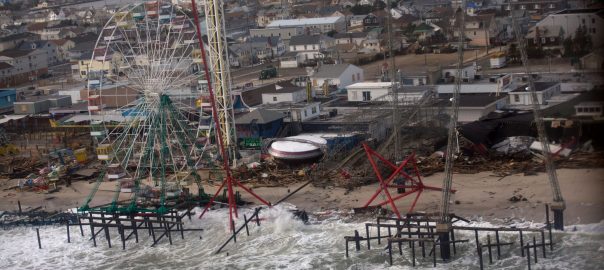
Cities are helping lead the global effort Cities are the new face of climate change. Where I live in New Haven, Connecticut (USA), we are witnessing its impacts—warmer winters, sea level rise, and inland and coastal flooding. The city is taking steps to address climate change, including adding bike lanes...
0 Comment(s)Join our Conversation
4 June 2017

Some months ago I was invited to go to Kalipety, a village of Guarani Mbya Indians at the outskirts of São Paulo. As we drove South towards the ocean and beyond the affluent city, it wasn’t hard to see the gradual transformation of the urban grain, as it diminished from...
3 Comment(s)Join our Conversation
31 May 2017
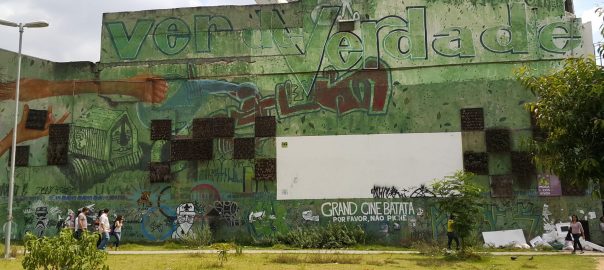
What would you do if things went terribly wrong with your city after promises made by your decision-makers of an “Urban Golden Age” resulting from hosting the Olympic Games? In my city, Rio de Janeiro, my students and a lot of people I know and talk to are willing to...
13 Comment(s)Join our Conversation
29 May 2017
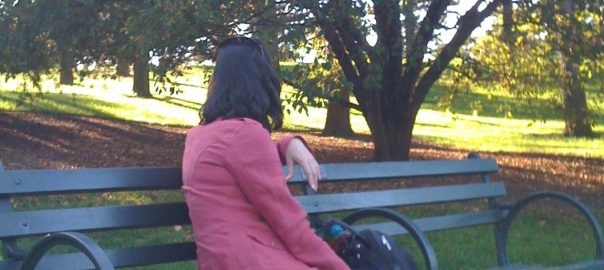
A review of the Handbook of Biophilic City Planning and Design, by Timothy Beatley. 2017. ISBN 978-1-61091-620-2. Island Press, Washington. 289 pages. Buy the book. The term “biophilia” describes our positive and innate response to the key features of the natural world that are thought to have been associated with our...
1 Comment(s)Join our Conversation
28 May 2017
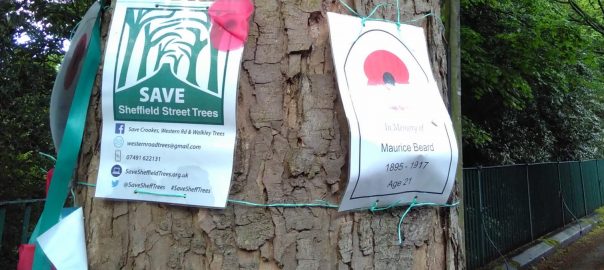
Most of us know how “good” trees are for the urban environment, and for the planet overall. Whether you’re a human, an insect, a fungus, a bat, a bird, a four-legged omnivore, or an amphibian, we all love trees. Trees are symbols of health, vitality, and goodness. For the greater...
12 Comment(s)Join our Conversation
23 May 2017
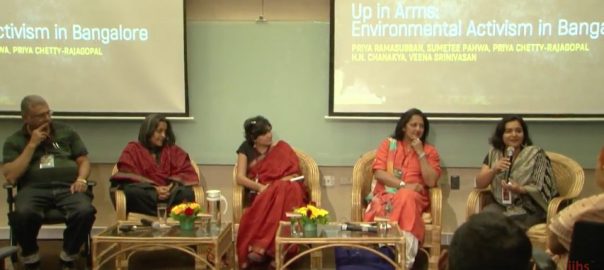
What do the Steel Flyover, the Karnataka Power Corporation Limited Power Plant in Yelahanka and Kaikondrahalli Lake have in common? They are all representative of how citizens across Bangalore are responding to environmental sustainability in the city, often linked to choices related to “development”. They were also discussed at a...
0 Comment(s)Join our Conversation
17 May 2017
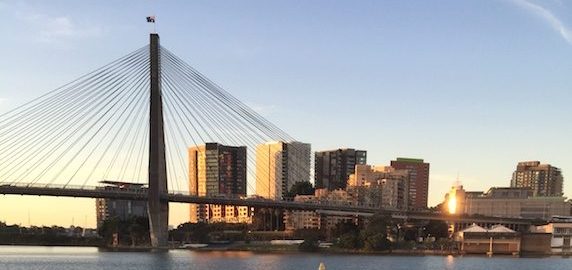
How many traces of Indigenous or First Peoples’ presence have you unknowingly walked, driven, or otherwise passed over today? In my case, walking along the Sydney Harbour foreshore, through the inner-city suburbs of Glebe and Camperdown, and across parklands to my workplace, the University of Sydney, I am conscious of...
2 Comment(s)Join our Conversation
14 May 2017
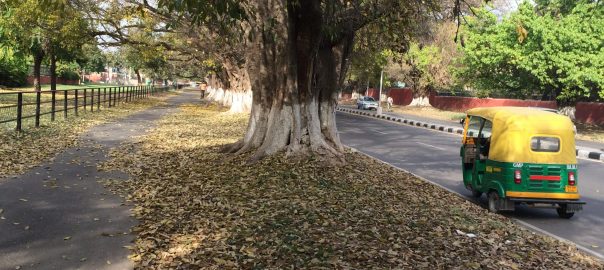
I slump into the sofa of the hotel lobby. It’s been another exhausting day walking through India. We squeezed ourselves through narrow alleyways where bicycle carts, cows, and mopeds also wrestle to move a few feet forward. We sidestepped the foil cookie wrappers, paper tea cups, plastic flour bags, and...
0 Comment(s)Join our Conversation
10 May 2017
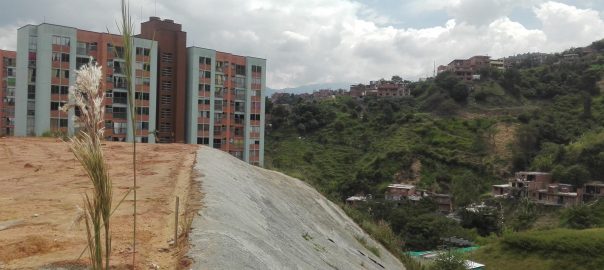
Cities start, grow, expand, and usually—mainly in developing countries—exceed their limits, overflowing into rural and wild lands. This city growth applies not only to the imposition of manmade facets on geographical extensions, but to increases in the city’s complexity and dynamics. Urban phenomena start and keep mistreating nature beyond the...
0 Comment(s)Join our Conversation
8 May 2017
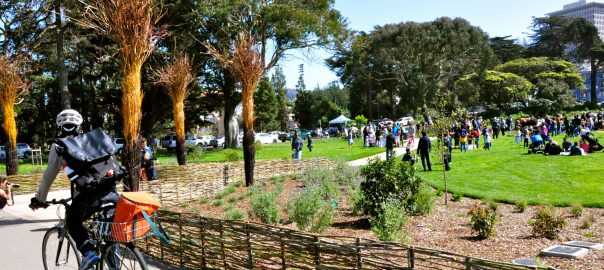
5 Comment(s)
Join our Conversation
8 May 2017
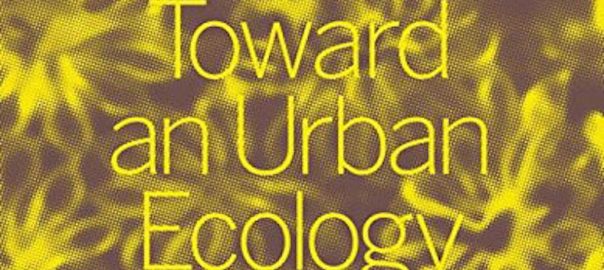
A review of Toward an Urban Ecology, by Kate Orff. 2016. ISBN978-1-58093-436-7. The Monacelli Press, New York. 272 pages. Buy the book. Kate Orff, one of the leading ecologically-oriented landscape architects working today, and her firm, SCAPE, have put together an engaging and important book. The book describes what it means...
0 Comment(s)Join our Conversation
7 May 2017
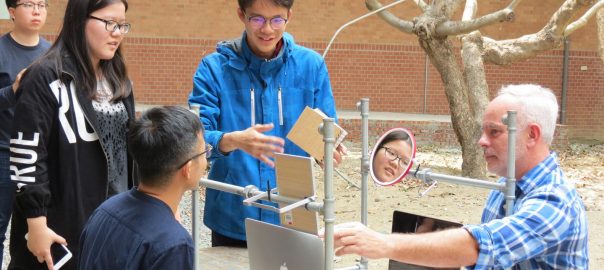
In this post, we report on a recent design workshop at National Cheng Kung University, or NCKU, in Tainan, Taiwan, a continuation a series of of intensive practicums held at undergraduate schools of architecture in successive locations internationally since 2008. The work presented here extends from our last essay, posted...
0 Comment(s)Join our Conversation
3 May 2017
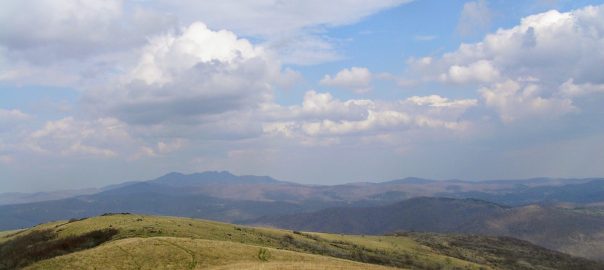
I normally write in The Nature of Cities about biocultural diversity, particularly related to the developing world, but in light of recent events, I would like to ask the reader’s indulgence in my writing about a slightly different topic, and maybe even getting on my soapbox a little. You see,...
0 Comment(s)Join our Conversation


